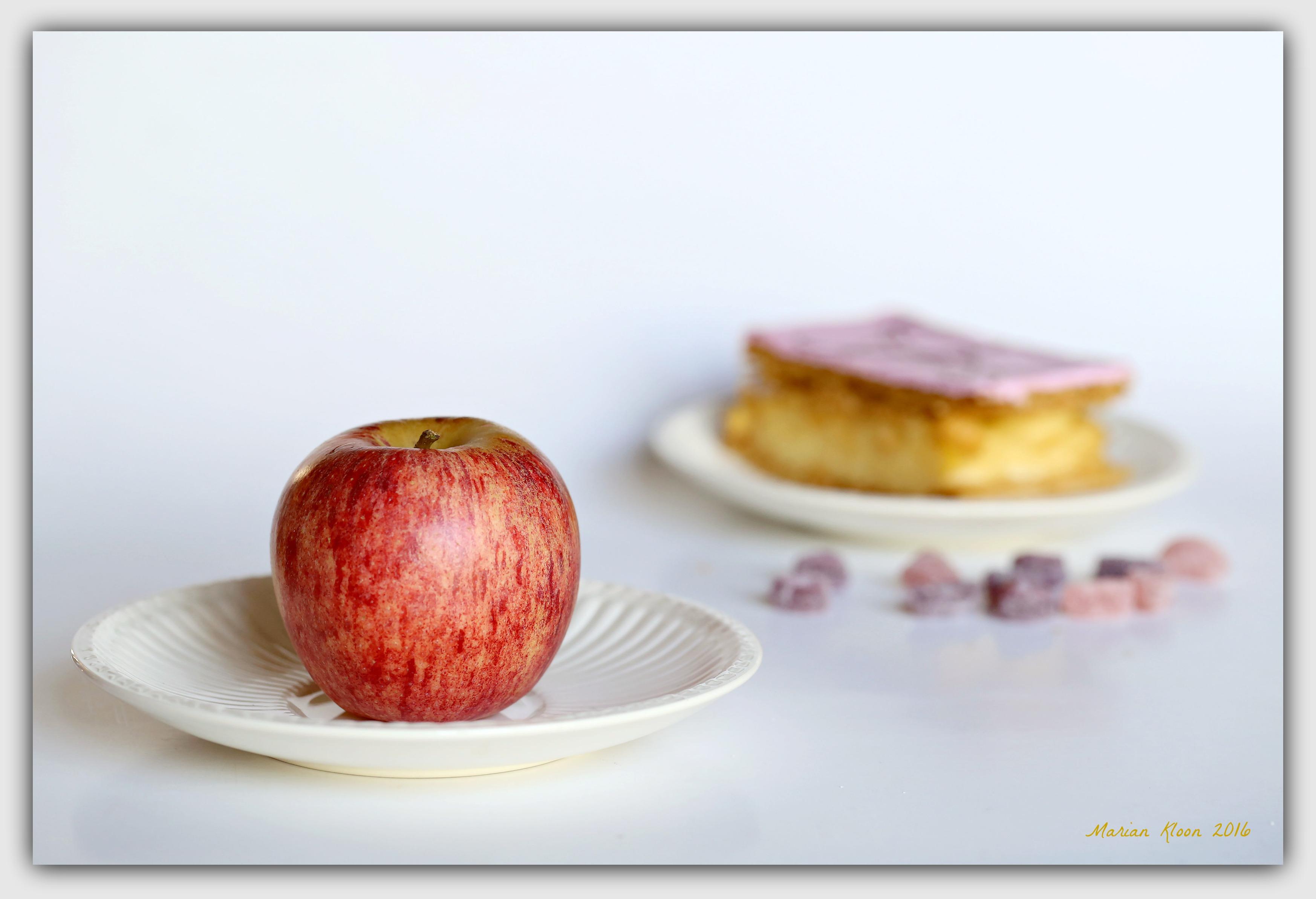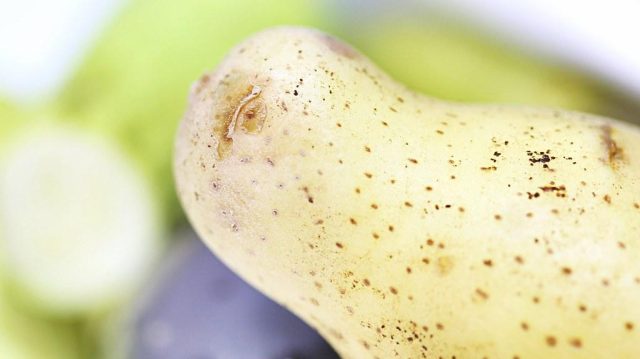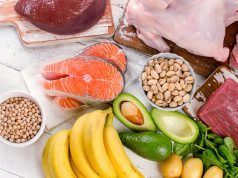Navigating the aisles of a grocery store can often feel overwhelming, especially when you’re striving to make healthier food choices for yourself and your loved ones. With endless options and clever marketing tactics vying for your attention, it’s easy to feel uncertain about which products truly align with your health goals. This guide is designed to empower you with practical tips and insights, helping you to confidently select nutritious options without compromising on taste or convenience. We understand that making these choices can be challenging, and we’re here to support you on your journey towards a healthier lifestyle, one grocery trip at a time.
Understanding Food Labels for Better Nutrition
When wandering through the aisles of your favorite grocery store, the abundance of choices can be overwhelming. Understanding food labels is crucial for making informed decisions that contribute to a healthier lifestyle. Start by focusing on the Nutrition Facts panel. This section provides vital information on serving size, calories, and essential nutrients.
- Serving Size: Check the serving size and the number of servings per container. This helps you understand the nutritional content of the entire package versus a single serving.
- Calories: Consider your daily caloric needs and how a product fits into your diet. Remember, more calories mean more energy, but they should be balanced with physical activity.
- Nutrients: Aim for lower amounts of saturated fats, trans fats, sodium, and added sugars. Prioritize foods rich in dietary fiber, vitamins, and minerals.
Ingredients lists are another treasure trove of information. They are organized by weight, meaning the first few ingredients make up the bulk of the product. Opt for items where whole foods—like grains, fruits, or vegetables—are listed first. Be cautious of long lists with unrecognizable names, as these often indicate heavily processed foods.
| Label Term | Meaning |
|---|---|
| Organic | Produced without synthetic fertilizers or pesticides |
| Low Sodium | 140 mg or less per serving |
| High Fiber | 5 grams or more per serving |

Choosing Whole Foods Over Processed Alternatives
When navigating the grocery aisles, opting for whole foods over their processed counterparts can be a transformative step towards better health. Whole foods are minimally processed and remain close to their natural state, retaining essential nutrients and fibers. Processed foods, on the other hand, often contain additives, preservatives, and artificial ingredients that can undermine your health goals.
- Fruits and Vegetables: Choose fresh or frozen options without added sugars or sauces. If canned, look for those packed in water or natural juices.
- Whole Grains: Opt for brown rice, quinoa, or whole grain pasta instead of refined grains like white rice or regular pasta.
- Proteins: Select fresh cuts of meat, poultry, or fish. If choosing plant-based proteins, aim for lentils, beans, and nuts.
- Dairy: Go for unflavored and unsweetened options, such as plain yogurt or milk.
| Whole Food | Processed Alternative |
|---|---|
| Oatmeal | Instant Flavored Oats |
| Fresh Berries | Berry-flavored Snacks |
| Natural Peanut Butter | Peanut Butter with Added Sugars |
By consciously choosing whole foods, you not only embrace a more nutritious diet but also support sustainable farming practices and reduce your carbon footprint. It’s a holistic approach that benefits both your health and the environment.

Smart Shopping Strategies to Avoid Temptation
- Plan Your Meals: Before heading to the grocery store, take some time to plan your meals for the week. This helps you stick to buying only what you need, reducing impulse purchases. Consider creating a detailed shopping list and make sure to include healthy ingredients that align with your dietary goals.
- Avoid Shopping When Hungry: It’s a well-known trick, but it bears repeating. Shopping on an empty stomach can lead to unnecessary temptations and poor choices. Have a healthy snack before you go, so you’re not led astray by the enticing smells of freshly baked goods or the allure of sugary snacks.
- Stick to the Perimeter: The outer aisles of the store are typically where fresh produce, meats, dairy, and whole grains are located. By focusing your shopping here, you naturally avoid many processed and unhealthy options found in the inner aisles.
| Food Type | Healthy Alternative |
|---|---|
| Chips | Kale Chips |
| Soda | Infused Water |
| Candy | Dried Fruit |
Embrace Mindful Shopping: Pay attention to your choices and reflect on whether each item supports your health objectives. If you find yourself reaching for an impulse buy, pause and ask yourself if it truly aligns with your goals. Being mindful helps you maintain control and make smarter decisions.

Incorporating Seasonal and Local Produce into Your Diet
Embracing seasonal and local produce is a delightful way to enhance your diet while supporting local farmers and reducing your carbon footprint. Not only do these fresh ingredients often taste better, but they also provide a wealth of nutrients that can help you feel your best throughout the year. Here’s how you can start incorporating these wholesome foods into your meals:
- Visit Local Farmers’ Markets: A trip to your local farmers’ market can be an inspiring experience. You’ll find a variety of fruits and vegetables that are at their peak, both in flavor and nutrition. Plus, it’s a chance to discover unique produce that you might not find in conventional grocery stores.
- Plan Meals Around Seasonal Offerings: Adjust your meal plans to highlight what’s in season. This not only helps in maintaining a varied diet but also ensures you’re getting the freshest produce available. Consider making hearty soups in winter with root vegetables or refreshing salads in summer featuring juicy tomatoes and crisp cucumbers.
- Preserve Seasonal Flavors: When you come across a bounty of your favorite seasonal produce, think about preserving it. Freezing, canning, or pickling are great ways to enjoy these flavors even when they’re out of season.
| Season | Produce |
|---|---|
| Spring | Asparagus, Strawberries, Peas |
| Summer | Tomatoes, Zucchini, Peaches |
| Fall | Pumpkins, Apples, Brussels Sprouts |
| Winter | Sweet Potatoes, Kale, Citrus Fruits |
By focusing on what’s in season, you not only enhance the flavors of your dishes but also contribute positively to the environment. Start small by integrating a few seasonal items into your weekly shopping list and gradually increase as you become more comfortable with these fresh additions.








































